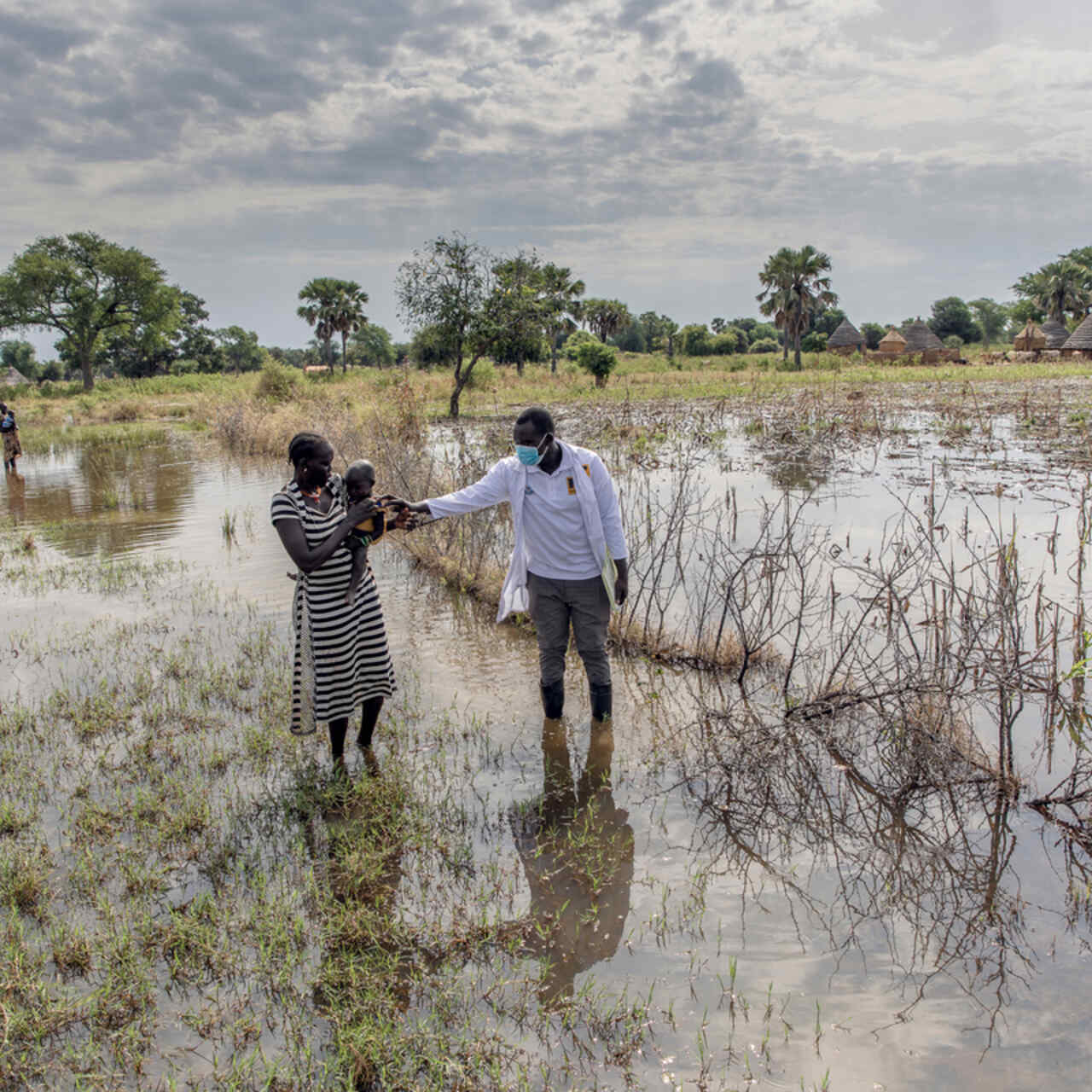
How do floods create humanitarian crises?
Flooding causes humanitarian crises worldwide. Learn about these climate-related disasters and ways to help.

Flooding causes humanitarian crises worldwide. Learn about these climate-related disasters and ways to help.
As a result of climate change, floods are becoming more frequent and intense, posing an immediate physical threat to those affected.
Beyond their initial impact, floods have far-reaching consequences such as undermining food security, damaging infrastructure and displacing millions of people from their homes.
The devastating impacts of floods are long-lasting and affect vulnerable communities the most. In the last decade, communities with low levels of climate resilience (meaning, the ability of a system, community, or region to withstand the impacts of climate change) had 15 times higher mortality rates due to floods, droughts and storms.
The IRC has responded to several flood–related humanitarian crises, most recently in Libya. Around the world, we work to develop climate resilience in communities and support survivors in rebuilding their livelihoods.
Below, find out more about the impacts of floods and what the IRC is doing to help communities prepare for and recover.
Editors Note: The IRC is preparing a response and scaling up services to meet the humanitarian needs of those impacted by the unprecedented flooding in Libya. Read more in our 13 September press release.
Floods occur when water overflows or soaks land that is normally dry. They are the most common type of weather-related disaster and have caused more fatalities in the U.S. than tornadoes, hurricanes or lightning. Climate change is accelerating the severity and intensity of flooding worldwide.
Flash flooding occurs when an area receives an excessive amount of rain in a short period of time. Due to parched and hardened soil, drought-stricken regions are often unable to absorb water and are particularly susceptible to this type of flooding. Flash floods can be extremely dangerous and often strike with little warning.
In August 2023, 315,000 people were displaced by flash flooding that struck Cox’s Bazar, Bangladesh, where nearly one million refugees reside in the largest refugee camp on earth.
Floods can cause catastrophic damage irrespective of location.To reduce the effects of flooding, governments may introduce flood control infrastructure like dams, seawalls or levees to prevent water from overflowing from streams, rivers and coastal shorelines. These projects aim to increase a community's climate resilience.
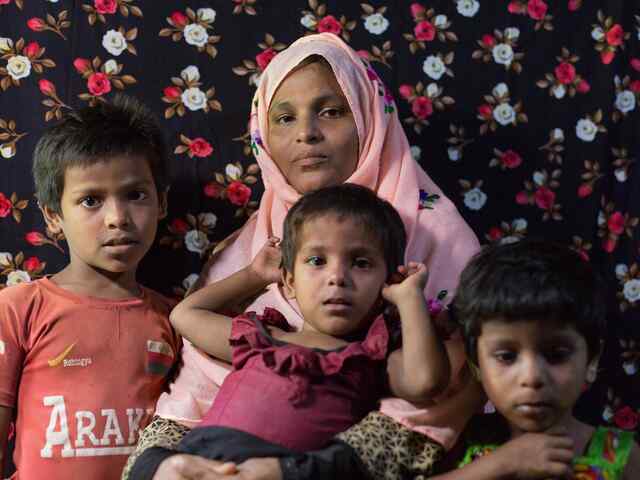
Protecting a community from the dangers of flooding can be a challenge for vulnerable populations, which can result in inadequate preparation. Communities without access to flood control infrastructure or those dealing with armed conflict or poverty are at a greater risk of flooding compared to wealthier communities.
Many of the countries that have made minimal contributions to the causes of climate change are disproportionately enduring its effects.
Flooding can destroy entire communities, displacing millions of families and forcing them to leave with only what they can carry.
People who have been displaced by climate crises often require urgent humanitarian support. Displaced families are faced with numerous uncertainties and struggle to access shelter, food, clean water, health services and education. Additionally, widespread displacement also worsens economic hardships and intensifies humanitarian needs.
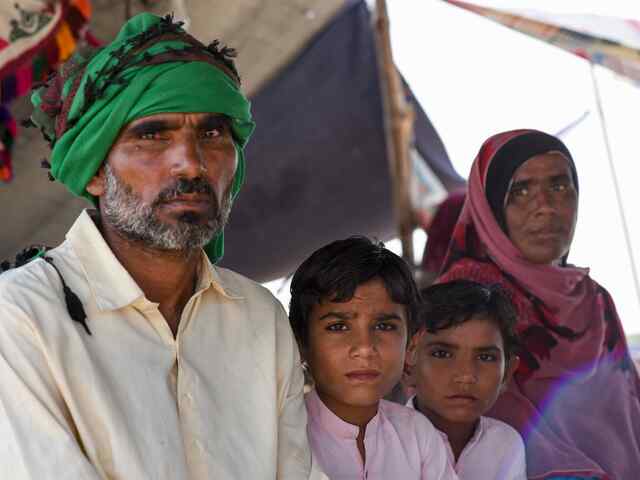
Floods have a strong impact on regions where agriculture and herding are vital for livelihoods and nutrition. When floods destroy agricultural fields and drown livestock, communities are left without adequate food resources and a devastated economy.
“Last season’s floods in Nigeria had disastrous effects,” says Babtunde Anthony Onjei, the IRC country director for Nigeria. “The disruption to the agricultural calendar, including planting of seeds or harvesting, and the potential destruction of fields due to rising waters, is alarming as it will impact the food supply of the population.”
These dynamics in Nigeria are often seen in other contexts devastated by floods. Other countries, such as Pakistan, El Salvador, Greece, Italy and the United States, have also experienced floods that have devastated agricultural economies over the years.
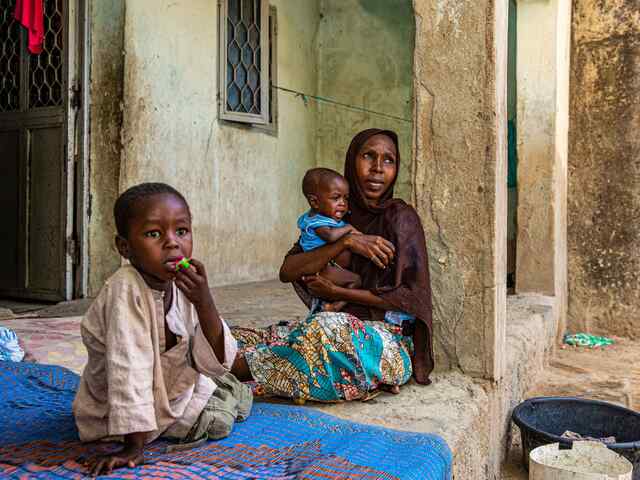
Floods can destroy critical pieces of public infrastructure and cause lasting health concerns in affected communities. Flood water can carry sewage and waste into nearby bodies of water, contaminating safe water sources such as streams, lakes and rivers. Inadequate access to proper hygiene increases the risk of water-borne and food-borne diseases spreading within communities.
For women like Nehar, a lack of safe water disrupts health and menstruation. After experiencing flooding in Rangabali, Pakistan, Nehar and other women in her community walk for kilometres to collect safe drinking water. They also have to rely on non-potable water from a nearby canal for basic household tasks such as bathing and dishwashing. Due to a lack of safe water, many women in Nehar’s community have begun using birth control medication to stop their menstrual cycles.
The IRC has 90 years of experience in supporting crisis-affected communities. We help build climate resilience in flood-prone communities and help flood survivors recover and rebuild their livelihoods.
Climate resilience is the ability to anticipate and prepare for climate shocks, like flooding. The IRC can mitigate the humanitarian impact of floods by helping communities implement preventative measures.
There are a number of ways to improve climate resilience. The implementation of flood warning systems can help a community evacuate in time, while the construction of levees can reduce the risk of rivers or streams overflowing into nearby areas. Giving cash to vulnerable groups in communities at risk of flooding is another important tool in improving climate resilience.
“Receiving cash assistance ahead of a flood empowers people to protect their lives and livelihoods, which improves their food security, economic situation, and overall climate resilience,” explains Clare Clingain, a senior IRC research coordinator who led a 2023 study in Nigeria which found that cash assistance can positively increase climate resilience in flood-prone communities.
Not all humanitarian crises are the same. That’s why the IRC - through access, readiness, expertise, and working in partnership with our clients - supports accounting for and planning around the unique needs of the communities we serve in our emergency responses.
“After a disaster strikes, the IRC conducts a needs assessment to determine what support affected communities need and how we can effectively deliver it,” says Kiryn Lanning, senior director of the IRC’s emergency unit.
“Whether it be through the establishment of safe spaces and shelters, food assistance or providing cash directly to survivors so that they can decide how to best meet their needs, the IRC has a toolbox of programmes that can be used to support people in crisis.”
Throughout our emergency responses, the IRC emphasises the safety and empowerment of vulnerable groups like women and children, who are most impacted during times of crisis. The IRC is also committed to supporting the long-term recovery of crisis-affected people and works to provide access to education, livelihood opportunities and health services.
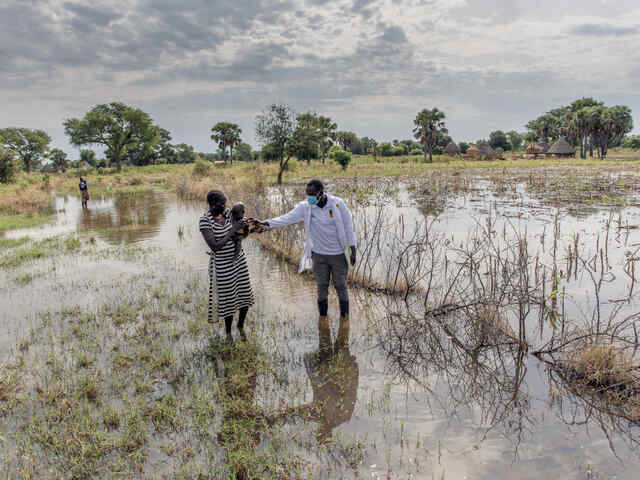
In 2022, intense flooding devastated Pakistan, causing approximately 10 million acres of land to be flooded. This resulted in over 1,700 deaths and an estimated $30 billion in damages to property across the country.
The IRC was one of the first organisations to respond to the crisis. Within days, the IRC began, reaching over 1.4 million people, providing them with emergency assistance such as medical services, food supplies, basic household items, and hygiene and dignity kits that contained items like soap and toothbrushes.
Now, the IRC is building and repairing schools, establishing child-friendly safe spaces where children can recover from the trauma they have endured, supporting safe water and sanitation projects, and providing primary and reproductive healthcare services in remote areas of the country. We are also empowering the people of Pakistan through cash assistance and job creation and training programs.
With additional flooding expected in 2023, the IRC is warning that 9.1 million people could fall into poverty and become solely reliant on humanitarian aid due to flood impacts.
“The last year has been especially hard on the people of Sindh and Balochistan, where flood waters destroyed about 10 million acres of agricultural land that provided an income for millions of people,” explains IRC Pakistan director Shabnam Baloch. “People are going hungry, and malnutrition continues to be a critical concern despite the best efforts of humanitarian organisations.”
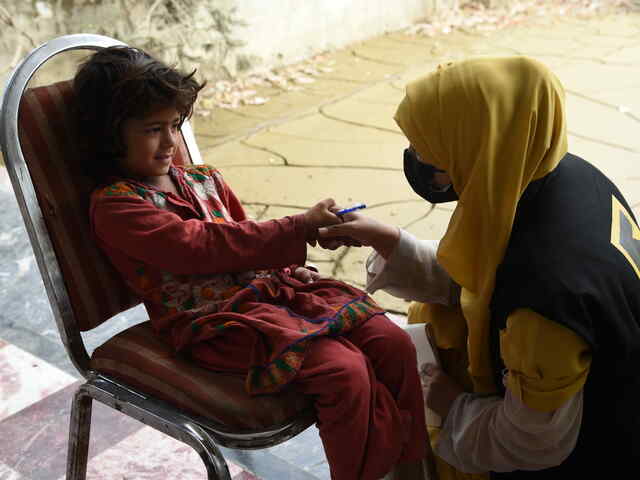
Unprecedented flooding has struck Eastern Libya after Mediterranean Storm Daniel made landfall on 10 September. Flash flooding and powerful muddy currents have washed away entire neighbourhoods, leaving over 34,000 people displaced and in need of emergency shelter.
More than 5,000 people have lost their lives.
The IRC has been supporting vulnerable communities in Libya since 2016. We are preparing a response to meet the immediate needs of flood-affected communities and will scale up our services in Libya.
“This tragedy underscores the urgent need for international attention and assistance as well as for climate action,” explains IRC senior vice president for crisis response, recovery and development Ciaran Donnelly.
“The IRC is gravely concerned about the protection needs of those caught up in this tragedy, especially thousands of women and children who have to leave their homes in search of safety,” adds IRC Libya country director, Elie Abouaiun. “Urgent emergency shelter is needed for those who have seen their lives literally washed away.”
Learn more about the flooding in Libya and what you can do to help.
Several steps need to be taken to help a flood-affected community recover and rebuild. Consider taking some of the steps below to help communities in need.
*Pseudonym used for privacy